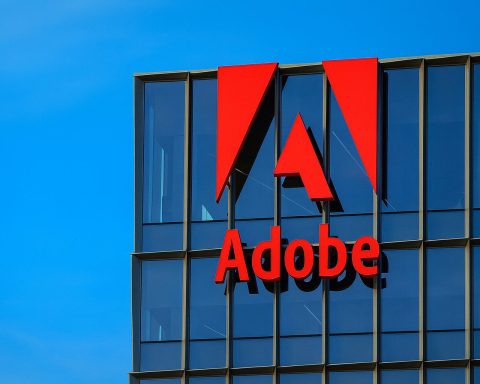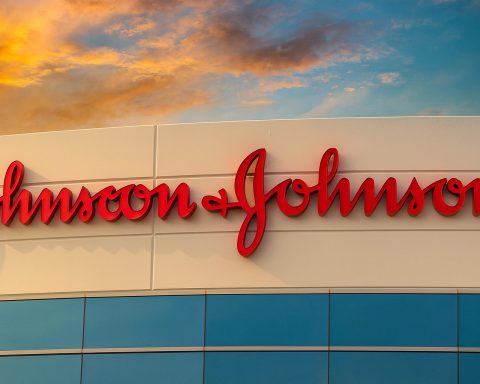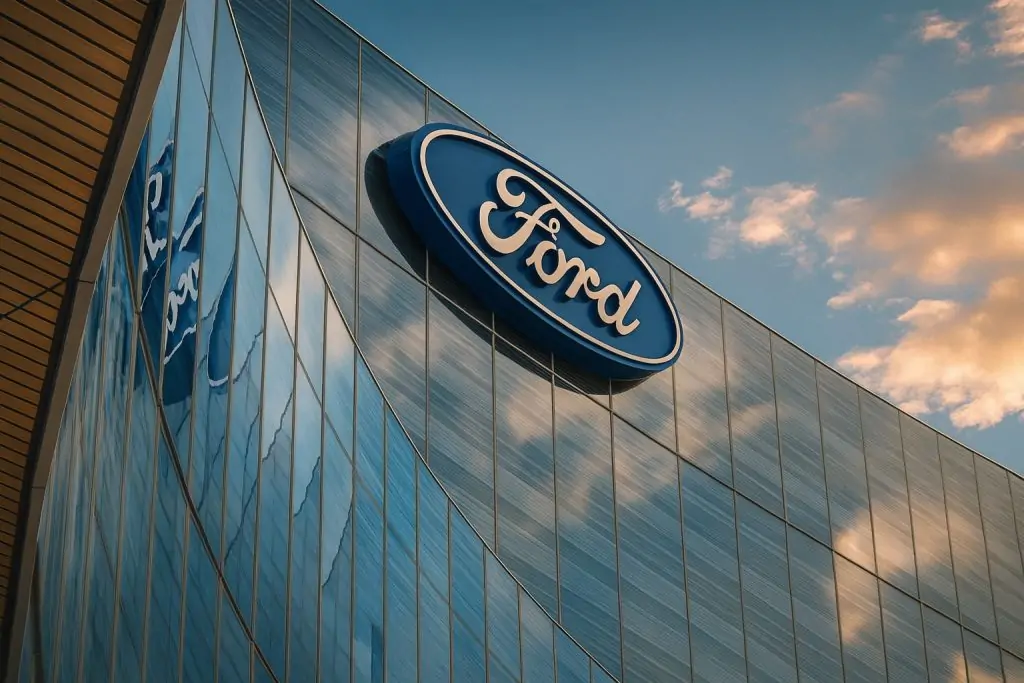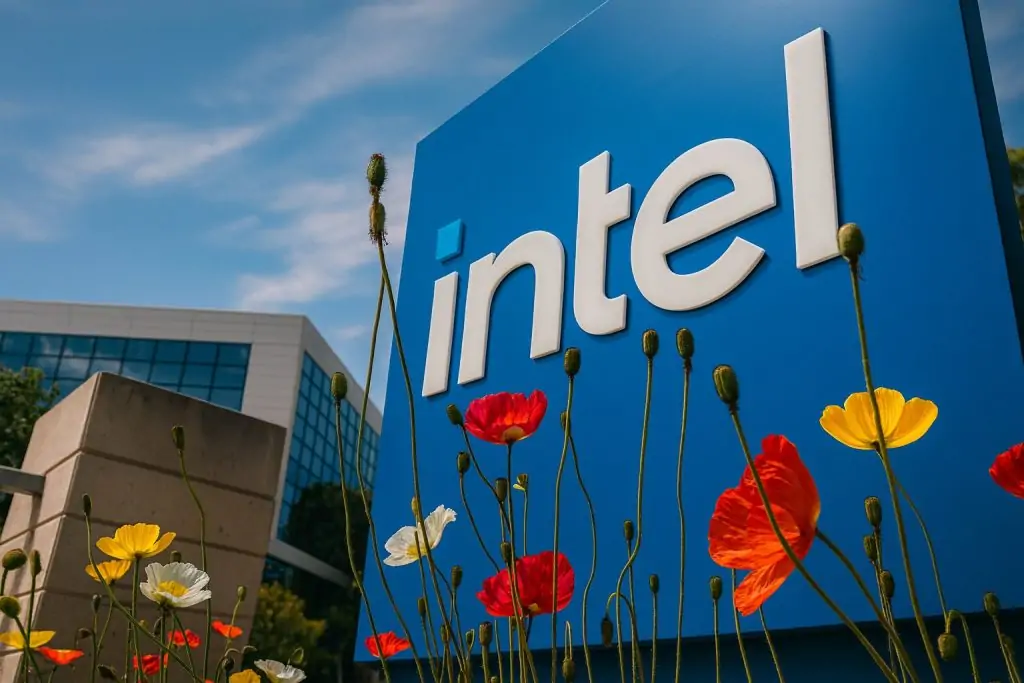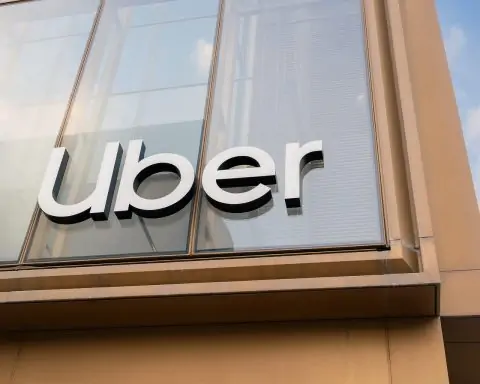Pfizer (NYSE: PFE) headlines today include a $41.5 million ADHD drug settlement with Texas, a new antibody discovery deal with Nona Biosciences, and fresh guidance on cost cuts and obesity drugs from the Jefferies Healthcare Conference — here’s what it all means for PFE stock on November 19, 2025.
Key Takeaways for Pfizer Investors Today
- Legal overhang: Pfizer and contract manufacturer Tris Pharma agreed to pay $41.5 million to settle Texas allegations that they supplied “adulterated” ADHD medicine, Quillivant XR, to children on Medicaid. [1]
- Pipeline platform deal: Pfizer signed a new research and license agreement with Nona Biosciences to use its fully human HCAb (heavy-chain-only antibody) platform for preclinical antibody discovery across multiple disease areas. [2]
- Strategic roadmap: At the Jefferies London Healthcare Conference 2025, management reiterated plans for $7.7 billion in cost improvements, a $17 billion patent-cliff headwind by 2030, and a major push into the obesity market following the Metsera acquisition. [3]
- Institutional buying: Fresh 13F data show America First Investment Advisors and Traub Capital Management increasing or initiating stakes in PFE, while reiterating that Pfizer beat Q3 EPS estimates and offers a dividend yield around 6.8%. [4]
- Stock snapshot: PFE is trading around the mid‑$25 area today, leaving shares below analyst consensus price targets in the high‑$20s, with a trailing P/E in the low-teens and a high single‑digit dividend yield. [5]
Pfizer Stock Today: How PFE Is Trading on November 19, 2025
Ahead of and shortly after the open on Wednesday, November 19, 2025, Pfizer shares (NYSE: PFE) are hovering around the $25–26 range. MarketWatch shows pre‑market trading near $25.37, modestly below the prior close at $25.45, implying a small early decline of roughly 0.3%. [6]
MarketBeat data indicate PFE opened today at about $25.45, with a market capitalization around $145 billion, a P/E ratio near 13.5, and relatively low beta (≈0.54), underscoring its role as a defensive, income-oriented pharma name rather than a high‑beta growth stock. [7]
Analyst views are mixed but clustered in a narrow band:
- MarketBeat’s compilation points to an overall “Hold” consensus and an average price target around $28.28. [8]
- StockAnalysis, using a partially different analyst set, reports an average rating closer to “Buy” with a 12‑month target around $27–28, implying high single‑digit upside from current levels. [9]
For traders, today’s move looks more like consolidation around long‑term support levels than a dramatic re‑rating — the real story is in the day’s news flow.
1. Texas ADHD Settlement: Cleaning Up a Long-Running Legal Risk
The headline legal development today is a settlement with the State of Texas over historical quality‑control issues tied to an ADHD drug.
What happened?
- The settlement: Texas Attorney General Ken Paxton announced that Pfizer and Tris Pharma will pay $41.5 million to resolve allegations that they provided “adulterated” ADHD medicine to children on Medicaid, in violation of the Texas Health Care Program Fraud Prevention Act. [10]
- The drug involved: The case centered on Quillivant XR, an extended‑release ADHD treatment originally developed by NextWave and later sold by Pfizer before being divested to Tris. Earlier court filings alleged that flawed manufacturing meant the medication did not always release properly, affecting its effectiveness. [11]
- Allegations: Texas claimed Pfizer and Tris:
- Supplied substandard product to Medicaid children.
- Manipulated quality‑control test results over several years to obtain Medicaid reimbursement. [12]
Publicly available statements so far focus on the payment amount and the requirement that the companies comply with state and federal manufacturing rules going forward. Specific language about admission or denial of liability has not been highlighted in the state’s release or wire reports.
Why it matters for investors
Financially, $41.5 million is small next to Pfizer’s expected $61–64 billion in 2025 revenue, but the optics around drug quality and Medicaid children are sensitive. [13]
For PFE stock, the settlement removes a lingering legal overhang tied to a legacy product and third‑party manufacturer. It also reinforces a broader theme: Pfizer is still occasionally paying for historic issues while trying to reposition itself as a leaner, more innovative, post‑COVID growth story.
2. New Antibody Discovery Deal with Nona Biosciences
On the innovation front, Pfizer is expanding its access to cutting‑edge antibody technologies.
The Nona Biosciences collaboration
Biotech firm Nona Biosciences announced a non‑exclusive research and license agreement with Pfizer aimed at accelerating preclinical antibody discovery:
- Pfizer gains global rights to use Nona’s HCAb platform — a fully human, heavy chain‑only antibody system — to generate candidates across a range of potential indications. [14]
- Nona will receive an upfront payment and is eligible for regulatory, clinical and commercial milestone payments, plus potential collaboration work on discovery and engineering. [15]
- The platform is designed to produce single‑domain antibodies that can plug into multiple modalities:
- Bispecific and multispecific antibodies
- CAR‑T constructs
- Antibody‑drug conjugates (ADCs)
- mRNA‑based therapeutics and more [16]
This is not Pfizer’s first tie‑up with Nona. Earlier collaborations covered ADCs such as HBM9033 (PF‑08052666), now in development for solid tumors, and have already generated sizeable potential milestone frameworks. [17]
Strategic significance
For investors, the Nona deal is important less for its immediate P&L impact and more for what it signals:
- Platform access over single assets: Pfizer is continuing to license enabling technologies (HCAb, AI‑driven discovery, ADC platforms) rather than only buying standalone drugs.
- Broad indication optionality: Heavy chain‑only antibodies and derived modalities can be pointed at oncology, immunology, infectious disease and more, feeding multiple franchises.
Given the looming $17 billion loss of exclusivity (LOE) headwind by 2030, management has repeatedly stressed that external innovation deals will be a key part of filling the revenue gap. [18]
3. Jefferies Conference: Cost Cuts, Patent Cliff and Obesity Ambitions
This morning, Pfizer’s leadership participated in the Jefferies London Healthcare Conference 2025, outlining a strategic roadmap that ties together recent deals, cost actions, and pipeline bets. [19]
Key numbers from management’s remarks
According to the conference transcript summary: [20]
- Cost improvements:
- Targeting $7.7 billion in total cost savings.
- About $4.5 billion expected to be realized by the end of 2025.
- Patent cliff (LOE):
- Management expects around $17 billion in revenue at risk from loss of exclusivity by 2030.
- The heaviest LOE impact is projected in 2026–2028.
- Cash flow:
- Working‑capital initiatives are expected to add $3–5 billion to 2025 cash flow.
- R&D focus areas:
- Oncology, vaccines, internal medicine, and inflammation & immunology (I&I) remain priority fields.
- Obesity strategy:
- The recent Metsera acquisition is central to Pfizer’s push into obesity, with a particular focus on monthly dosing options that management believes can differentiate the portfolio. [21]
- Vyndamax/Vyndaqel LOE:
- Pfizer is exploring options to extend patent life for its transthyretin amyloidosis drug franchise (Vyndamax family) in the U.S., where loss of exclusivity is currently expected in 2028. [22]
How this ties into Metsera and the obesity market
Pfizer completed its acquisition of Metsera on November 13, paying $65.60 per share in cash (about $7 billion enterprise value) plus a contingent value right up to $20.65 per share, linked to future development milestones. [23]
With Metsera onboard, Pfizer now controls a suite of obesity and cardiometabolic candidates, including: [24]
- MET‑097i: A GLP‑1 receptor agonist with weekly and monthly injectable dosing, heading into Phase 3.
- MET‑233i: A monthly amylin analog in early‑stage testing, including in combination regimens with MET‑097i.
- An oral GLP‑1 candidate and other early nutrient‑stimulated hormone programs.
Management acknowledges the deal will be dilutive through 2030, as Pfizer spends heavily to advance late‑stage assets, but views obesity as one of the highest‑growth therapeutic categories this decade.
For PFE holders, today’s conference comments reinforce that Pfizer is leaning into obesity and cardiometabolic diseases as a key answer to the patent cliff — while trying to manage profitability through cost reductions and better cash conversion.
4. Recent Portfolio Moves: BioNTech Stake Sale and Post‑COVID Reset
Today’s strategic discussion also sits against the backdrop of Pfizer reshaping its balance sheet after the COVID windfall.
On November 13, Reuters reported that Pfizer cut its stake in BioNTech SE by about 54.7%, leaving roughly 1.66 million ADS worth around $163.5 million as of September 30. [25]
- The move comes more than five years after the companies began collaborating on mRNA vaccines, culminating in the blockbuster COVID vaccine Comirnaty, which generated peak sales of about $37.8 billion in 2022. [26]
- BioNTech has said the underlying collaboration remains intact, but Pfizer is clearly reallocating capital into deals like Seagen (oncology), Metsera (obesity) and partnerships such as 3SBio (bispecific antibodies). [27]
In other words, Pfizer is harvesting COVID‑era gains and redeploying them into what it hopes will be the next generation of growth drivers.
5. Earnings, Dividend and Institutional Buying: The Valuation Picture
Q3 2025 results: modest top‑line pressure, EPS resilience
Earlier this month, Pfizer reported third‑quarter 2025 numbers that framed today’s investor conversations: [28]
- Revenue: $16.7 billion, down 6% year‑over‑year, mainly due to shrinking COVID‑related sales (Paxlovid and Comirnaty).
- Non‑COVID portfolio: Up 4% operationally, led by Eliquis, the Vyndaqel family and migraine drug Nurtec ODT/Vydura.
- Adjusted EPS:$0.87, down 18% year‑over‑year but above consensus (MarketBeat cites a Street expectation around $0.79). [29]
- Full‑year guidance:
- Revenue reaffirmed at $61–64 billion.
- Adjusted EPS guidance raised and narrowed to $3.00–3.15 (from $2.90–3.10). [30]
The message: COVID revenues are fading, but core franchises and cost discipline are doing enough to keep earnings on track.
Dividend: 6–7% yield remains a key part of the story
On October 9, Pfizer’s board declared a fourth‑quarter 2025 dividend of $0.43 per share, payable on December 1 to shareholders of record as of November 7. That equates to an annualized $1.72 per share, implying a dividend yield of roughly 6.7–6.8% at today’s share price. [31]
MarketBeat notes that this currently represents about a 100% payout ratio on expected 2025 earnings — high, but consistent with Pfizer’s emphasis on returning cash to shareholders while it de‑levers and invests selectively. [32]
Fresh institutional interest
Two new filings highlighted today on MarketBeat underscore that some professional investors still see value in PFE around the mid‑$20s: [33]
- Traub Capital Management LLC opened a new position in Pfizer, buying 26,068 shares in Q2, valued at roughly $632,000.
- America First Investment Advisors LLC increased its stake by 12,373 shares (up 1.6%) to 796,840 shares, worth about $19.3 million and representing 3.9% of its portfolio — its 17th‑largest holding.
Across the shareholder base, about 68% of Pfizer stock is held by institutional investors and hedge funds, according to these filings. [34]
6. What Today’s News Means for PFE Investors
Putting all of today’s headlines together, Pfizer on November 19, 2025 looks like a company in mid‑transition:
- It’s still cleaning up legacy issues (Quillivant XR settlement, prior compliance matters). [35]
- It’s redirecting its COVID windfall into obesity, oncology and next‑gen antibody platforms (Metsera, 3SBio, Nona Biosciences). [36]
- It’s pushing through multi‑billion‑dollar cost cuts to maintain profitability as big products lose exclusivity later in the decade. [37]
- It’s leaning on a high dividend and relatively low valuation to keep income‑focused shareholders on board while it works through this transition period. [38]
For current and potential investors, the question is whether today’s mix of short‑term legal headlines and long‑term strategic bets justifies staying patient with a stock that still trades below pre‑pandemic levels despite a richer pipeline.
Nothing in this article is investment advice, but in terms of narrative:
- Bullish angle: High yield, visible cost savings, obesity entry via Metsera, expanding antibody platforms and a recovering non‑COVID portfolio.
- Bearish angle: Heavy LOE headwinds, integration and execution risk around new deals, lingering legal/regulatory noise, and the possibility that obesity competition (from Novo Nordisk and Eli Lilly) compresses returns. [39]
Either way, today’s news flow gives a much clearer picture of how Pfizer plans to navigate the late‑2020s patent cliff — and why big institutions are still quietly adding PFE exposure even as the share price grinds sideways.
References
1. www.reuters.com, 2. www.prnewswire.com, 3. www.investing.com, 4. www.marketbeat.com, 5. www.marketbeat.com, 6. www.marketwatch.com, 7. www.marketbeat.com, 8. www.marketbeat.com, 9. stockanalysis.com, 10. www.texasattorneygeneral.gov, 11. www.fiercepharma.com, 12. www.texasattorneygeneral.gov, 13. www.biospace.com, 14. www.prnewswire.com, 15. www.prnewswire.com, 16. www.prnewswire.com, 17. www.researchandmarkets.com, 18. www.investing.com, 19. www.investing.com, 20. www.investing.com, 21. www.investing.com, 22. www.investing.com, 23. www.businesswire.com, 24. www.businesswire.com, 25. www.reuters.com, 26. www.reuters.com, 27. www.reuters.com, 28. www.biospace.com, 29. www.marketbeat.com, 30. www.biospace.com, 31. www.businesswire.com, 32. www.marketbeat.com, 33. www.marketbeat.com, 34. www.marketbeat.com, 35. www.texasattorneygeneral.gov, 36. www.businesswire.com, 37. www.investing.com, 38. www.businesswire.com, 39. www.reuters.com


